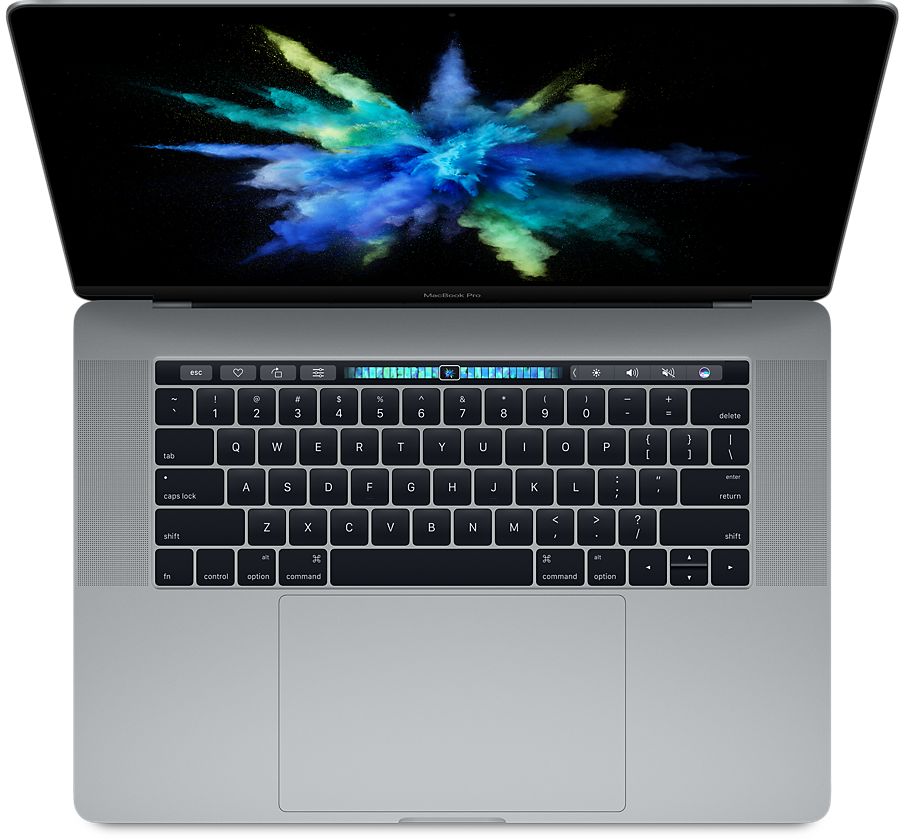
Apple MacBook Pro
The MacBook Pro, particularly the generation released in 2016, marked a significant shift in Apple's laptop design and functionality. This model introduced several innovative features, along with some controversial choices, that continue to influence the laptop market.
Outline
- Introduction
- Design and Features
- Performance
- Display Quality
- Keyboard Issues and Reliability
- Is the MacBook Pro Still Worth Buying?
- Best MacBook Pro Alternatives
- Frequently Asked Questions (FAQ)
Introduction {#introduction}
Released in the second half of the year, the MacBook Pro series, introduced a new design aesthetic, emphasizing thinness and a focus on a streamlined user experience. It was a pivotal product that, while praised for its premium feel, also sparked considerable debate regarding its usability, particularly concerning the removal of traditional ports and the introduction of the Touch Bar.
Design and Features {#design-and-features}
The most noticeable change was the redesigned chassis, prioritizing a thinner and lighter profile. The aluminum unibody construction remained a hallmark of Apple's design, offering a premium feel. The display was improved, and the overall aesthetic was sleeker than previous generations.
The Touch Bar: A Closer Look {#the-touch-bar-a-closer-look}
The defining feature of the model was undoubtedly the Touch Bar, a multi-touch Retina display replacing the function keys at the top of the keyboard. Its functionality changed dynamically based on the application being used, providing contextual controls. While innovative, the Touch Bar was also a point of contention for many users, some of whom preferred the tactile feedback of physical function keys.
Ports and Connectivity {#ports-and-connectivity}
The move to a limited number of Thunderbolt 3 ports (all using USB-C connectors) was a significant shift. While offering versatility and high-speed data transfer, it necessitated the use of dongles and adapters for connecting older peripherals, a source of frustration for some users. The 3.5 mm headphone jack survived, thankfully.
Performance {#performance}
The MacBook Pro came in various configurations, offering Intel Core i5 or i7 processors, integrated or dedicated AMD Radeon Pro graphics, and up to 16GB of RAM. Performance was generally strong for its time, making it suitable for demanding tasks such as video editing, photo manipulation, and software development, though it could be hampered by thermal throttling under sustained heavy loads.
Display Quality {#display-quality}
The Retina display continued to impress with its vibrant colors, high resolution, and excellent viewing angles. The screen was bright and crisp, making it ideal for creative work and media consumption.
Keyboard Issues and Reliability {#keyboard-issues-and-reliability}
One of the most significant criticisms centered on the butterfly keyboard mechanism. This design, intended to reduce the overall thickness of the laptop, proved prone to failure, with keys becoming sticky or unresponsive due to dust or debris. Apple addressed the issue in later generations, but this remains a key consideration for anyone evaluating this model.
Is the MacBook Pro Still Worth Buying? {#is-the-macbook-pro-still-worth-buying}
Whether or not this MacBook Pro is still a good purchase depends heavily on your needs and budget. Its age means it is significantly less powerful than current models. Consider the keyboard issues and the limitations imposed by the port selection. If you're on a tight budget and only need basic computing functions, it could suffice. However, given the age of the components, battery life may be compromised. If you require more power or need to run demanding applications, newer models or alternatives will likely be a better investment.
Best MacBook Pro Alternatives {#best-macbook-pro-alternatives}
Alternatives for Creative Professionals {#alternatives-for-creative-professionals}
Creative professionals seeking a powerful and reliable laptop should consider these alternatives:
- Dell XPS 15: A Windows-based alternative known for its stunning display, powerful performance, and relatively reasonable price. The XPS 15 often offers a better balance of features compared to older MacBook Pros.
- HP Spectre x360: A premium 2-in-1 convertible laptop with excellent build quality, a vibrant display, and competitive performance.
- Apple MacBook Pro (M1/M2): Though not a direct alternative to this specific model, newer MacBook Pros offer a significant performance boost and improved efficiency. The M-series chips are a game-changer.
Alternatives for General Use {#alternatives-for-general-use}
For general users, other laptops may offer a better value proposition:
- Acer Swift 3: A budget-friendly option that provides a good balance of portability, performance, and features.
- Microsoft Surface Laptop: A stylish and well-built laptop with a comfortable keyboard and trackpad, ideal for everyday tasks.
Frequently Asked Questions (FAQ) {#frequently-asked-questions-faq}
- What were the main complaints about this MacBook Pro? The main complaints were regarding the butterfly keyboard's reliability and the reliance on dongles for connectivity.
- Is the Touch Bar useful? The Touch Bar's usefulness is subjective. Some users found it innovative and helpful, while others preferred physical function keys.
- What kind of ports does it have? It has Thunderbolt 3 (USB-C) ports and a headphone jack.
- How is the battery life? Battery life can vary depending on the configuration and usage, but it's likely diminished over time due to the age of the battery.
- Is it good for video editing? It can handle video editing, but newer models offer better performance, and it may be subject to thermal throttling. The performance of newer M-series MacBooks is markedly superior.
